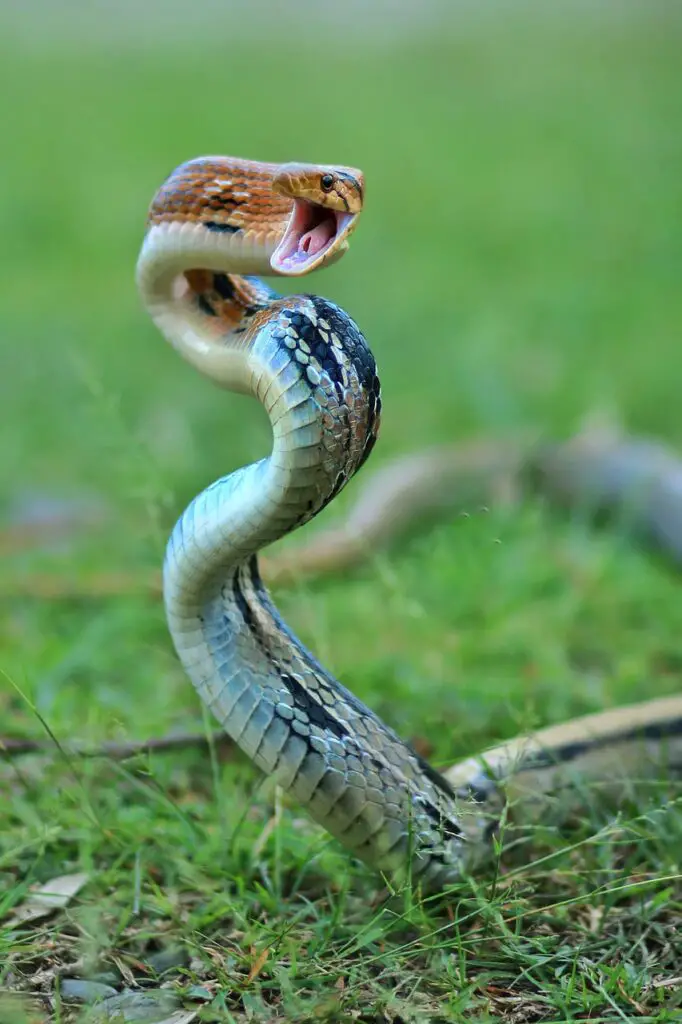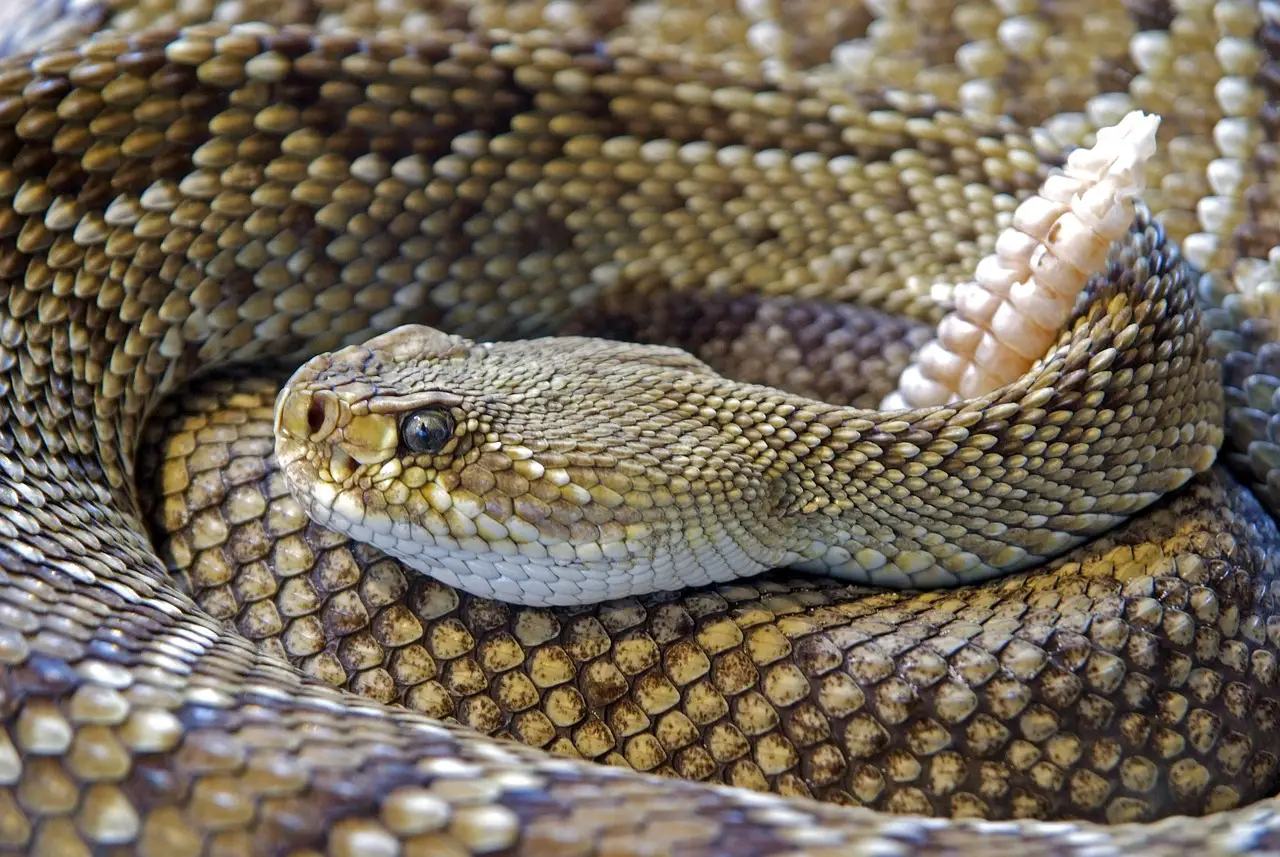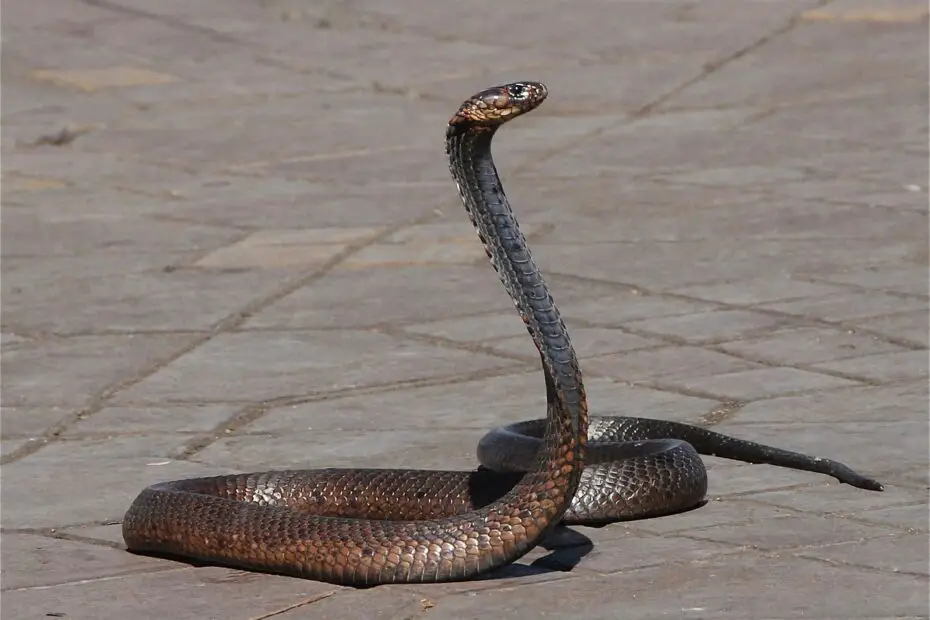Have you ever wondered how snakes, with their long and slender bodies, manage to expel waste? The way these fascinating creatures handle their excretion is quite different from that of mammals.
How Do Snakes Poop? In this article, we will explore the intriguing process of snake excretion, delving into the anatomy of snakes, their unique excretory system, and various factors that influence their pooping habits. So, let’s unravel the mystery of how snakes poop.
You may also want to know if snakes pee.
Anatomy of Snakes
Digestive System
To understand how snakes poop, it’s crucial to comprehend their anatomy. Snakes have a highly specialized digestive system that allows them to consume prey much larger than their own head. Their jaws are loosely connected, allowing them to stretch their mouth to accommodate large meals. Once the prey is swallowed, it enters the esophagus and then moves into the stomach.
Cloaca
Unlike mammals, which have separate orifices for excretion and reproduction, snakes have a single opening called the cloaca. The cloaca serves as an exit for feces, urine, and reproductive fluids. This common opening simplifies their excretory process, making it distinct from that of other animals.

Feeding Habits
Swallowing Prey Whole
Snakes are carnivorous creatures that swallow their prey whole. They use their flexible jaws and stretchy ligaments to engulf animals much larger than their own heads. This unique feeding habit enables them to consume substantial meals, sometimes even larger than their own body size.
Digestion Process
After swallowing their prey, snakes enter a digestion phase that can last several days or even weeks, depending on the size and type of prey consumed. Enzymes and acids in their stomach break down the prey’s tissues, converting them into nutrients that the snake’s body can absorb. This process allows snakes to extract energy and nutrients from their meals efficiently.
Snake Excretion
Unique Excretory System
Snake excretion involves the elimination of both solid and liquid waste through their cloaca. Unlike mammals that produce distinct feces and urine, snakes combine these waste products into a single package. This adaptation streamlines their excretion process.
Solid Waste Elimination
When snakes digest their prey, the non-digestible parts, such as bones, fur, and scales, form solid waste known as feces. The feces accumulate in the lower part of the digestive tract, waiting to be expelled. When it’s time to poop, the muscles in the cloaca contract, pushing the feces out of the snake’s body.
Liquid Waste Elimination
In addition to solid waste, snakes also excrete liquid waste in the form of urates. Urates are a concentrated form of urine produced by snakes to conserve water. These white or yellowish crystals are expelled along with the feces, making snake excretion a compact and efficient process.
Frequency and Timing of Snake Pooping
The frequency and timing of snake pooping can vary depending on several factors, including the snake’s size, species, and environmental conditions. Generally, snakes tend to poop less frequently compared to mammals due to their slower metabolism.

Factors Affecting Snake Pooping
Food Consumption
How Do Snakes Poop? The frequency of snake pooping is directly related to their feeding habits. Since snakes can consume large prey, it takes longer for them to digest and eliminate waste. After a substantial meal, a snake may not poop for several days or even weeks until the digestion process is complete.
Temperature and Environment
Snakes are ectothermic animals, meaning their body temperature is regulated by the environment. Lower temperatures can slow down their metabolism and digestion, resulting in less frequent pooping. In colder climates or during hibernation, snakes may have extended periods without excretion.
Size and Species of Snake
The size and species of a snake also play a role in its pooping habits. Larger snakes with more substantial meals tend to have less frequent bowel movements. Additionally, different snake species have varying metabolic rates, which can influence the frequency and timing of their pooping.
Snake Poop Characteristics
Shape and Texture
How Do Snakes Poop? Snake poop typically has a tubular shape due to the snake’s elongated body. The texture can vary depending on the snake’s diet. If the snake primarily consumes small mammals, the feces may contain crushed bones or fur. In contrast, a diet consisting mainly of fish might result in softer and less compacted feces.
Color and Odor
The color of snake poop can range from brown to black, depending on the snake’s diet. If the snake consumes primarily rodents, the feces may have a darker color due to the higher iron content in rodent blood. As for the odor, snake feces usually have a distinct musky smell, but it is generally less pungent compared to the feces of larger mammals.
Conclusion
How Do Snakes Poop? In conclusion, snakes have a unique way of handling their excretion. Their elongated bodies, specialized digestive systems, and single opening called the cloaca all contribute to the fascinating process of snake poop. Understanding how snakes excrete waste sheds light on their biology and helps us appreciate the remarkable adaptations they possess.
FAQs
- Can snakes hold their poop for a long time?
- Snakes can hold their poop for extended periods, especially after consuming a large meal. Their digestion process can take days or even weeks, so it’s not uncommon for them to delay excretion until digestion is complete.
- How often do snakes need to poop?
- The frequency of snake pooping varies depending on factors such as their size, species, and feeding habits. In general, snakes tend to poop less frequently compared to mammals.
- Do snakes pee?
- Snakes excrete liquid waste in the form of urates, which are expelled along with their feces. However, snakes do not have a separate urinary system like mammals.
- Is snake poop dangerous?
- Snake feces itself is generally not dangerous. However, it’s important to practice proper hygiene when handling snake poop, just as you would with any animal waste, to minimize the risk of potential bacterial or parasitic infections.
- Can snake poop be used as fertilizer?
- Snake feces can be used as fertilizer since it contains nutrients from their prey. However, it is essential to ensure proper composting and hygiene practices to prevent any potential health hazards.
